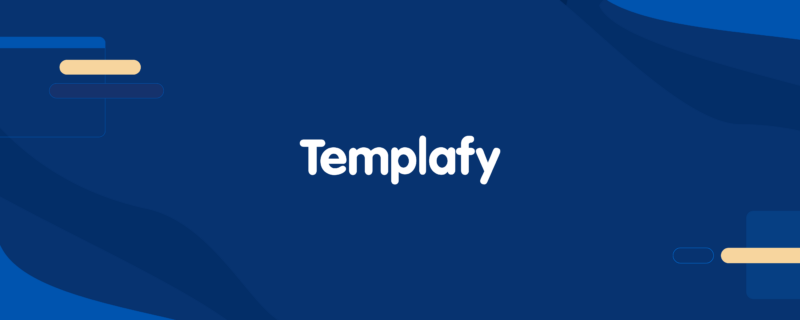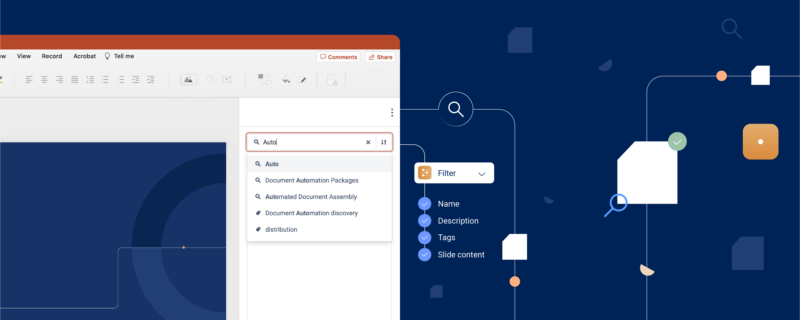Enterprise Innovation Podcast: Successfully Working with Design Systems with Charlie Tango Head of Design, Alberto Vitullo
Key takeouts from this episode
- An introduction to “design systems” and how they can be used in daily work
- Examples of some companies with the best design systems in the world, including AirBnb, Google and Apple
- Why employees are key to evaluating whether a design system is good or not
- Why adaptive change with familiar tools works better than sudden change when implementing a design system
- Why brands need to start their design change journeys with an initial focus on digital design, not offline design
- Why we need to strike a balance between accessibility and good user experience for brand expression
Most companies have some kind of style guide, but what exactly is a design system? According to Alberto Vitullo, a design system is a home for all your design knowledge and elements - from tone of voice and colour, to logo and button shape. And although they are still evolving, they’re quickly becoming a must have for successful businesses everywhere.
So how do companies go about implementing a design system – and doing it well? Read on to get a sneak peek into our third Enterprise Innovation podcast with special guest Alberto Vitullo, Head of Design at Charlie Tango. Get insight into the details of design systems, the many benefits of doing it well, and how companies need to start thinking differently about brand overhauls.
Measuring How Well a Design System Works
According to Alberto, there are two ways to judge how good a company’s design system is. First, by examining how a user experiences their brand at all of their touch points. And second, by looking at how all employees benefit from it and work with it.
Apple, for example, is known for its seamless look and feel across its devices and apps. When people choose Apple, they know they will have the same user experience no matter where they are or what they use it for. AirBnb and Google also do well in this area. Their design systems clearly work.
But, Alberto points out, to really judge how well a design system functions, you need to look within a company. Because although a coherent user experience is the main goal, if employees struggle to use a design system or don’t want to use it, then it has failed.
“The target for a good design system is the customers […] However it is the employees who can evaluate how good a design system is and how well it works, because they are the ones actually using it in their daily working lives. A customer isn’t supposed to know that it’s happening.”
Adopting a Design System and Tackling Resistance to Change
A design system should be something that employees want to use naturally. So how do you best facilitate this in companies? And for large companies spread across the world, how do you avoid twenty different folders in twenty different languages?
According to Alberto, design systems should be stored in one place, such as an intranet or a website, and once ready should be spread out for employees to use. However this next step, adoption, can be more challenging.
Alberto explains that adoption can happen in two ways. It can be a slow iteration that spreads across a company. Or it can be a sudden update, where a new style guide is announced from one day to the next.
He has seen both. But in all instances, he has found that both customers and employees do not like change. Mostly because routine is disrupted by changes, and those who were comfortable with the old system can be difficult to convince.
Alberto therefore advises against forcing change, or doing things too quickly. Instead, it is best to understand how people in an organization work, find out which tools they use, and integrate the design system into these tools. In addition, finding a system that can automatically apply the changes in documents and communications for daily working life is a great plus.
Ultimately, it is about building the design system in the most productive way. Alberto says it is pointless for companies to waste time on something their employees aren’t familiar with.
“Many times I have a meeting with clients […] and they already have ideas. That’s the most dangerous thing. Their mind has been poisoned. They think they can do what they’ve seen from Airbnb and say – ‘oh, we need a library in Sketch!’ - but their company is using Photoshop!”
A New Approach to Design Overhaul for Brands
Alberto also discusses the process of creating a brand or overhauling a new one – and how it needs to change.
In the past, creating a brand meant choosing the right colors, the right typography and forming some kind of brand statement. You would then apply it to offline materials for your client, such as letterheads or business cards.
But now websites are more important than print media, and most communication and marketing is done online. So why do most brands still produce material for offline assets first?
The problem, Alberto says, is that when brands invest time in a brand refresh or a new visual identity, they still receive an offline package of material. The website design is an afterthought, and doesn’t take into account user experience, responsiveness, touch, sound or accessibility.
In addition, document templates are neglected in design overhauls. Yet they are often the most common thing clients see and interact with. Overall, Alberto explains, companies need to start thinking in terms of the touch points for users in today’s digital world, not business cards and letterheads.
Striking the Balance Between User Experience and Brand Expression
On the flip side, Alberto has noticed that the obsession over user experience and design thinking has made many company platforms more sterile. When accessibility comes first, there is a tendency to float towards certain colors or button shapes that make it difficult for brands to differentiate themselves.
The key is striking a balance between the two. According to Alberto, digital designers need to utilize safe choices, but also push the boundaries and experiment to help brands stand out. Deciding when and where to make these experimental design decisions is an important part of the job.
To learn more about design systems and making them work for your company, dive into Alberto Vitullo’s expertise by listening to the Enterprise Innovation podcast episode, now available on SoundCloud, Spotify, iTunes and Stitcher.




